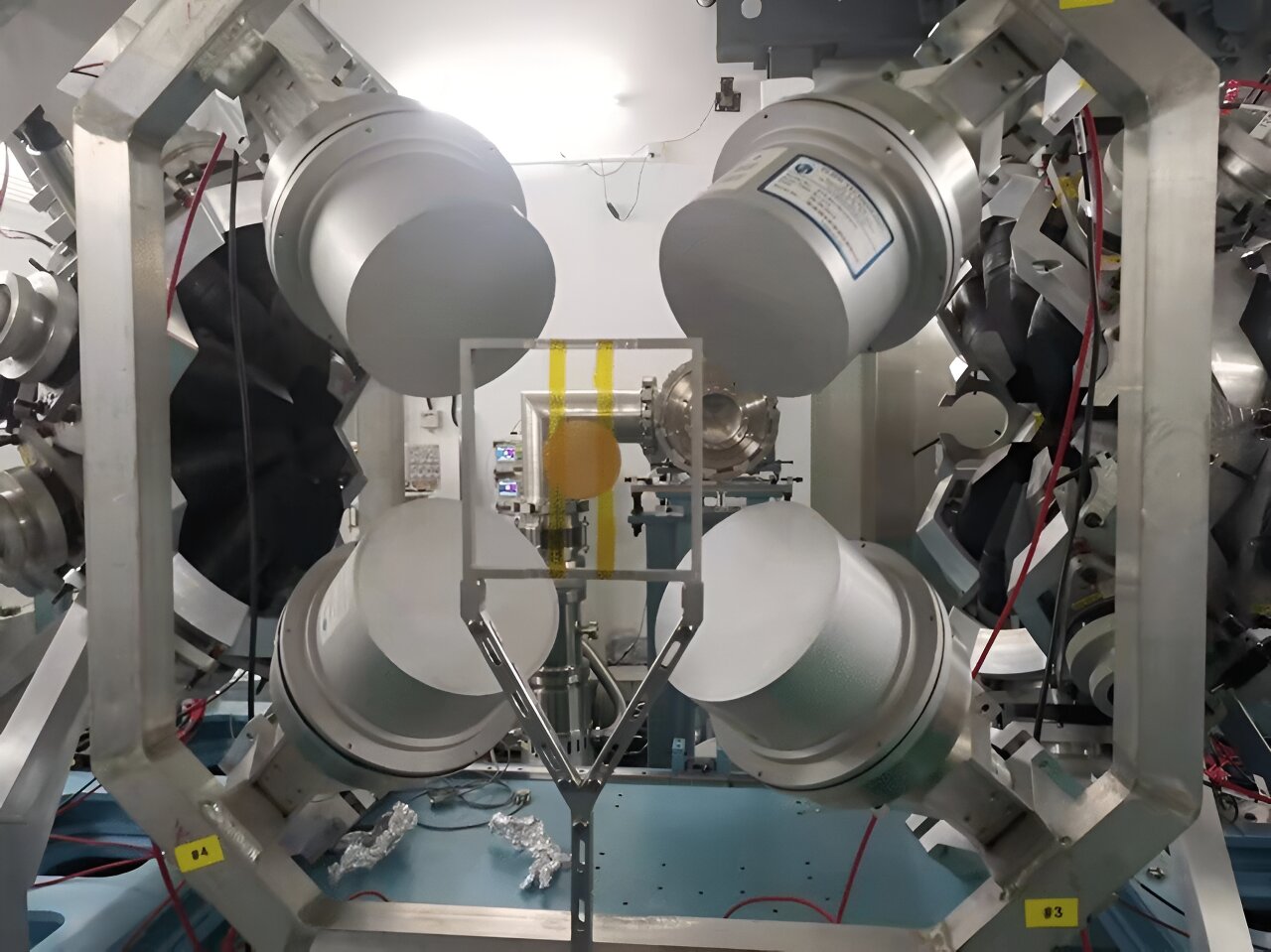In a study published in the journal Nuclear Science and Techniques, researchers from Sun Yat-sen University have conducted a novel study on neutron capture by bromine at the China Spallation Neutron Source, providing invaluable insights into both astrophysics and cutting-edge detector design.
At the China Spallation Neutron Source’s Back-n facility, researchers harnessed four specialized C6D6 detectors to observe prompt γ-rays from neutron-induced capture events. Leveraging advanced data analysis techniques, such as pulse-height weighting and double bunch unfolding methods based on Bayesian theory, they ensured meticulous background deductions, normalization, and corrections.
The SAMMY code, a multilevel R-matrix Bayesian tool, was central to analyzing the capture yields in the observed energy spectrum, enabling the extraction of resonance parameters. While their results aligned with prior studies, notable discrepancies with certain databases emerged.
The TALYS code, grounded in the Hauser–Feshbach statistical emission model, was vital in describing average cross-sections in unresolved resonance regions. The study’s pinnacle was calculating the Maxwell average cross sections (MACSs) for bromine isotopes and contrasting them with extant databases and recommended values.
Through a combination of precision and advanced methodologies, the team not only deepened the comprehension of neutron capture by bromine but also illuminated broader implications for astrophysics and detector design.
Moreover, these findings are set to shape the design and enhancement of upcoming neutron and γ-ray detectors, advancing the boundaries of nuclear experimentation. This study lays a solid foundation for subsequent investigations, poised to uncover more cosmic mysteries.
More information:
Gao-Le Yang et al, Measurement of Br(n,γ) cross sections up to stellar s-process temperatures at the CSNS Back-n, Nuclear Science and Techniques (2023). DOI: 10.1007/s41365-023-01337-6
Citation:
Neutron capture research offers insight into astrophysics and detector design (2023, December 4)
retrieved 5 December 2023
from https://phys.org/news/2023-12-neutron-capture-insight-astrophysics-detector.html
This document is subject to copyright. Apart from any fair dealing for the purpose of private study or research, no
part may be reproduced without the written permission. The content is provided for information purposes only.
Denial of responsibility! TechCodex is an automatic aggregator of the all world’s media. In each content, the hyperlink to the primary source is specified. All trademarks belong to their rightful owners, and all materials to their authors. For any complaint, please reach us at – [email protected]. We will take necessary action within 24 hours.

Jessica Irvine is a tech enthusiast specializing in gadgets. From smart home devices to cutting-edge electronics, Jessica explores the world of consumer tech, offering readers comprehensive reviews, hands-on experiences, and expert insights into the coolest and most innovative gadgets on the market.


